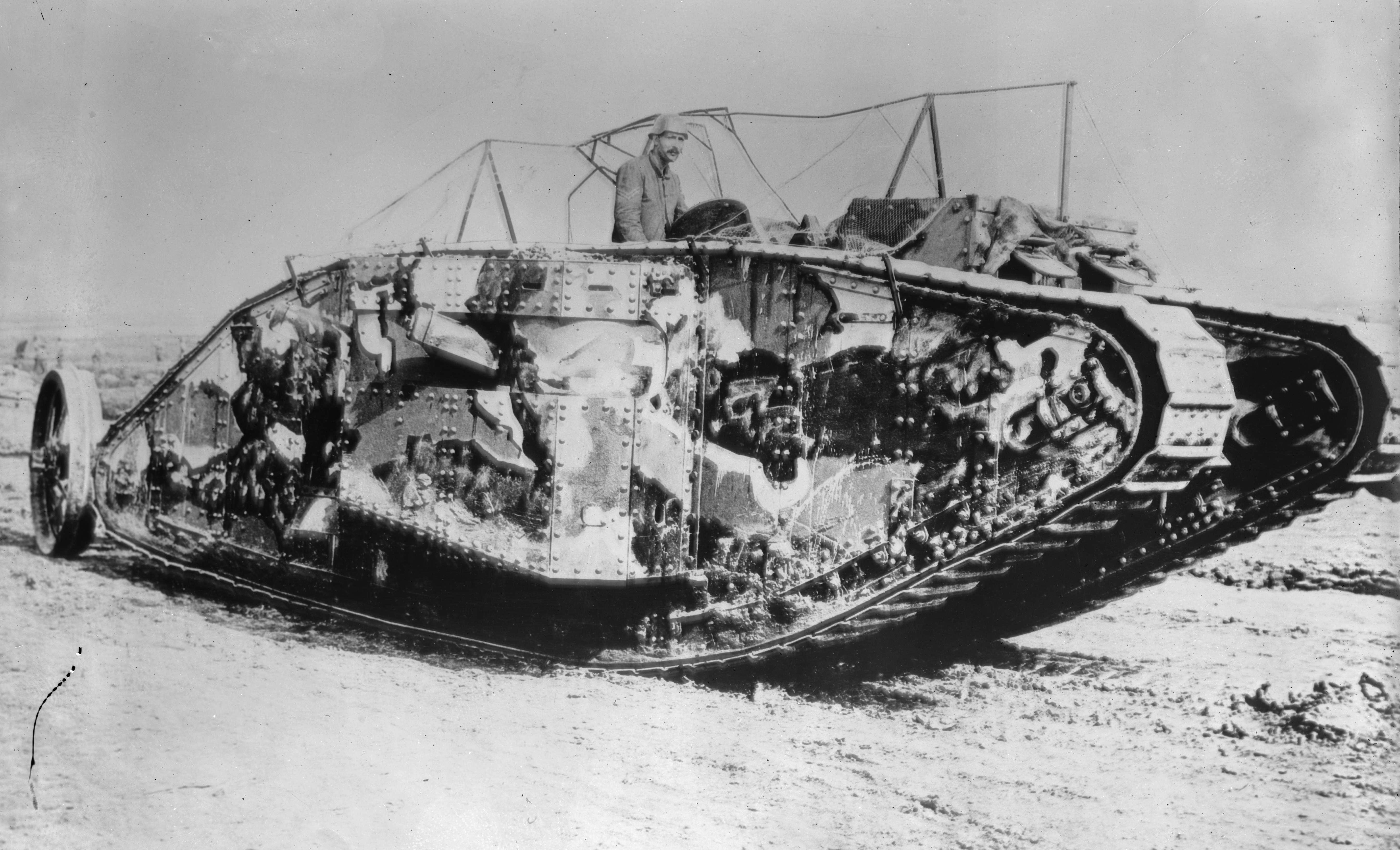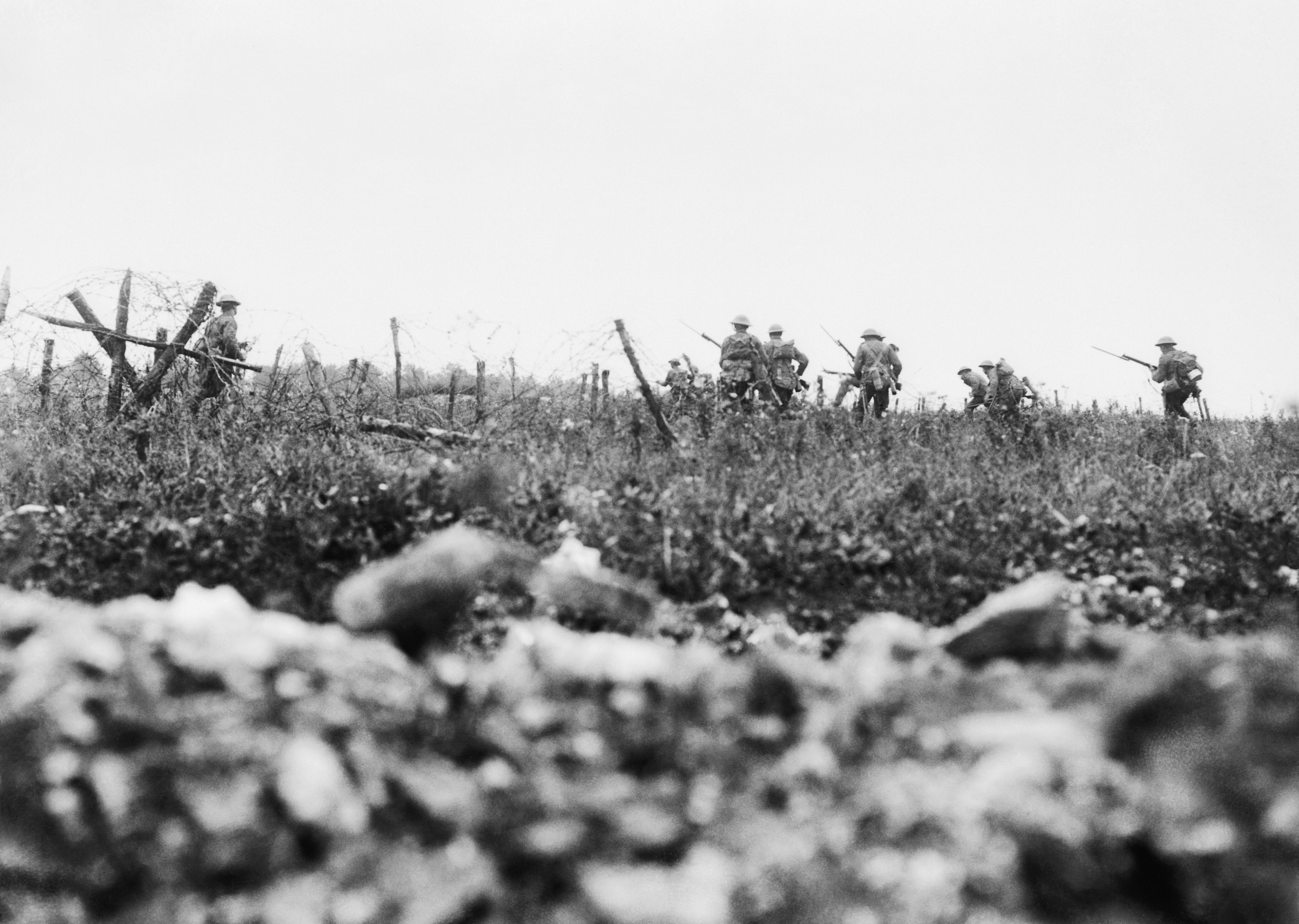|
Periscopes
A periscope is an instrument for observation over, around or through an object, obstacle or condition that prevents direct line-of-sight observation from an observer's current position. In its simplest form, it consists of an outer case with mirrors at each end set parallel to each other at a 45° angle. This form of periscope, with the addition of two simple lenses, served for observation purposes in the trenches during World War I. Military personnel also use periscopes in some gun turrets and in armoured vehicles. More complex periscopes using prisms or advanced fiber optics instead of mirrors and providing magnification operate on submarines and in various fields of science. The overall design of the classical submarine periscope is very simple: two telescopes pointed into each other. If the two telescopes have different individual magnification, the difference between them causes an overall magnification or reduction. Early examples Johannes Hevelius described an early ... [...More Info...] [...Related Items...] OR: [Wikipedia] [Google] [Baidu] |
Submarine
A submarine (often shortened to sub) is a watercraft capable of independent operation underwater. (It differs from a submersible, which has more limited underwater capability.) The term "submarine" is also sometimes used historically or informally to refer to remotely operated vehicles and Autonomous underwater vehicle, robots, or to medium-sized or smaller vessels (such as the midget submarine and the wet sub). Submarines are referred to as ''boats'' rather than ''ships'' regardless of their size. Although experimental submarines had been built earlier, submarine design took off during the 19th century, and submarines were adopted by several navies. They were first used widely during World War I (1914–1918), and are now used in many navy, navies, large and small. Their military uses include: attacking enemy surface ships (merchant and military) or other submarines; aircraft carrier protection; Blockade runner, blockade running; Ballistic missile submarine, nuclear deterrenc ... [...More Info...] [...Related Items...] OR: [Wikipedia] [Google] [Baidu] |
Mirror
A mirror, also known as a looking glass, is an object that Reflection (physics), reflects an image. Light that bounces off a mirror forms an image of whatever is in front of it, which is then focused through the lens of the eye or a camera. Mirrors reverse the direction of light at an angle equal to its incidence. This allows the viewer to see themselves or objects behind them, or even objects that are at an angle from them but out of their field of view, such as around a corner. Natural mirrors have existed since Prehistory, prehistoric times, such as the surface of water, but people have been manufacturing mirrors out of a variety of materials for thousands of years, like stone, metals, and glass. In modern mirrors, metals like silver or aluminium are often used due to their high reflectivity, applied as a thin coating on glass because of its naturally smooth and very Hardness (materials science), hard surface. A mirror is a Wave (physics), wave reflector. Light consists ... [...More Info...] [...Related Items...] OR: [Wikipedia] [Google] [Baidu] |
Soldier
A soldier is a person who is a member of an army. A soldier can be a Conscription, conscripted or volunteer Enlisted rank, enlisted person, a non-commissioned officer, a warrant officer, or an Officer (armed forces), officer. Etymology The word ''soldier'' derives from the Middle English word , from Old French or , meaning mercenary, from , meaning shilling's worth or wage, from or , shilling. The word is also related to the Medieval Latin , meaning soldier (). These words ultimately derive from the Late Latin word , referring to an Ancient Rome, ancient Roman coin used in the Byzantine Empire. Occupational and other designations In most armies, the word "soldier" has a general meaning that refers to all members of an army, distinct from more specialized military occupations that require different areas of knowledge and skill sets. "Soldiers" may be referred to by titles, names, Nickname, nicknames, or Acronym, acronyms that reflect an individual's military occupation spec ... [...More Info...] [...Related Items...] OR: [Wikipedia] [Google] [Baidu] |
Armoured Fighting Vehicle
An armoured fighting vehicle (British English) or armored fighting vehicle (American English) (AFV) is an armed combat vehicle protected by vehicle armour, armour, generally combining operational mobility with Offensive (military), offensive and defense (military), defensive capabilities. AFVs can be wheeled or Continuous track, tracked. Examples of AFVs are tanks, armored car (military), armoured cars, assault guns, Self-propelled artillery, self-propelled artilleries, infantry fighting vehicles (IFV), and armoured personnel carriers (APC). Armoured fighting vehicles are classified according to their characteristics and intended role on the battlefield. The classifications are not absolute; two countries may classify the same vehicle differently, and the criteria change over time. For example, relatively lightly armed armoured personnel carriers were largely superseded by infantry fighting vehicles with much heavier armament in a similar role. Successful designs are often ada ... [...More Info...] [...Related Items...] OR: [Wikipedia] [Google] [Baidu] |
Tank
A tank is an armoured fighting vehicle intended as a primary offensive weapon in front-line ground combat. Tank designs are a balance of heavy firepower, strong armour, and battlefield mobility provided by tracks and a powerful engine; their main armament is often mounted within a turret. They are a mainstay of modern 20th and 21st century ground forces and a key part of combined arms combat. Modern tanks are versatile mobile land weapons platforms whose main armament is a large- calibre tank gun mounted in a rotating gun turret, supplemented by machine guns or other ranged weapons such as anti-tank guided missiles or rocket launchers. They have heavy vehicle armour which provides protection for the crew, the vehicle's munition storage, fuel tank and propulsion systems. The use of tracks rather than wheels provides improved operational mobility which allows the tank to overcome rugged terrain and adverse conditions such as mud and ice/snow better than wheele ... [...More Info...] [...Related Items...] OR: [Wikipedia] [Google] [Baidu] |
Periscope Binoculars
Binoculars or field glasses are two refracting telescopes mounted side-by-side and aligned to point in the same direction, allowing the viewer to use both eyes (binocular vision) when viewing distant objects. Most binoculars are sized to be held using both hands, although sizes vary widely from opera glasses to large pedestal-mounted military models. Unlike a (monocular) telescope, binoculars give users a stereopsis, three-dimensional image: each eyepiece presents a slightly different image to each of the viewer's eyes and the parallax allows the visual cortex to generate an depth perception, impression of depth. Optical design evolution Galilean Almost from the invention of the telescope in the 17th century the advantages of mounting two of them side by side for binocular vision seems to have been explored. Most early binoculars used Galilean telescope, Galilean optics; that is, they used a convex lens, convex objective (optics), objective and a concave lens, concave eyepi ... [...More Info...] [...Related Items...] OR: [Wikipedia] [Google] [Baidu] |
Artillery Observer
An artillery observer, artillery spotter, or forward observer (FO) is a soldier responsible for directing artillery and mortar fire support onto a target. An artillery observer usually accompanies a tank or infantry unit. Spotters ensure that indirect fire hits targets which those at a fire support base cannot see. History Historically, the range of artillery steadily increased over the centuries. In the era of bombards or ''Steinbüchse'', the gunner could usually still fire directly on the target by line-of-sight. As ranges increased, methods of employing indirect fire were developed. This made a forward observer essential in order to be able to use artillery effectively. The proximity of the observer to the target depended on the terrain and battlefield situation. Elevated observation posts could be used as an aid to facilitate communication between the guns and the observers. The development of optical and communication aids for observation advanced significantly in ... [...More Info...] [...Related Items...] OR: [Wikipedia] [Google] [Baidu] |
Ernest Brooks (photographer)
Ernest Brooks (23 February 1876 – 1957) was a British photographer best known for his war photography from the First World War. He was the first official photographer to be appointed by the British military, and produced several thousand images between 1915 and 1918, more than a tenth of all British official photographs taken during the war. His work was often posed and formal, but several of his less conventional images are marked by a distinctive use of silhouette. Before and immediately after the war he worked as an official photographer to the Royal Family, but was dismissed from this appointment and stripped of his official honors in 1925, for reasons that were not officially made public. Early life Brooks was born on 23 February 1876 at Draycott Moor near Faringdon, the son of a farm labourer. He grew up near Windsor, Berkshire, where his father afterwards worked in the Great Park, and as a child frequently encountered members of the Royal Family.Brooks (1921), p ... [...More Info...] [...Related Items...] OR: [Wikipedia] [Google] [Baidu] |
Australian Light Horse
Australian Light Horse were mounted troops with characteristics of both cavalry and mounted infantry, who served in the Second Boer War and World War I, World War I. During the inter-war years, a number of regiments were raised as part of Australia's part-time military force. These units were gradually mechanised either before or during World War II, World War II, although only a small number undertook operational service during the war. A number of #Legacy, Australian light horse units are still in existence today. Origins The Australian Light Horse was established as the outcome of a debate that took place in military circles in Australia in the late 19th – early 20th centuries concerning the future of mounted troops. The example of the Franco-Prussian War illustrated that the battlefield had become dominated by massed land armies supported by artillery. For Australia the reality was vast spaces with sparse populations making it difficult to consider anything that ... [...More Info...] [...Related Items...] OR: [Wikipedia] [Google] [Baidu] |
Stereoscopic Rangefinder
A stereoscopic rangefinder or stereoscopic telemeter is an optical device that measures distance from the observer to a target, using the observer's capability of binocular vision. It looks similar to a coincidence rangefinder, which uses different principles and has only one eyepiece. German instruments tended to use the stereoscopic principle while British ones used coincidence. Technical principle A stereoscopic rangefinder uses two eyepieces and relies on the operator's visual cortex to merge the two images into a single picture. A reference mark is separately inserted into each eyepiece. The operator first adjusts the direction of the range finder so that the fixed mark is centered on the target, and then the prisms are rotated until the mark appears to overlap in the operator's combined view. The range to the target is proportional to the degree of rotation of the prisms.FM 4-15, Coast Artillery Field ManualSeacoast Artillery Fire Control and Position Finding U.S. Governmen ... [...More Info...] [...Related Items...] OR: [Wikipedia] [Google] [Baidu] |









